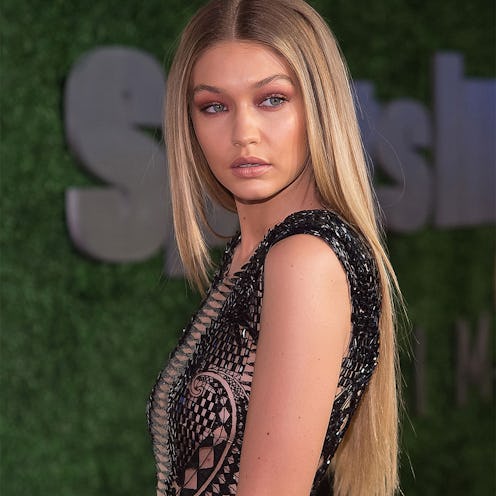Many of us would love to have long, voluminous locks, but either it’s not in the cards or we’re not willing to wait for it. Enter: extensions. Maybe you haven’t considered them before, but thanks to advancements in the hair-care industry, they’ve become a lot safer and more accessible lately. If you’re thinking of adding some to your mane, you should know a few things first. Lots of options may be available at your beauty supply store or hair salon, but they aren’t one-size-fits-all. Take a moment to work out your budget, the durability you require, and whether you’re choosing an option that’s safe for coloring and heat styling. Here, we’ve got the 411 on five common extension methods, plus how to determine which is right for you.
The 411 On Extensions
A semi-permanent option (meant to last up to three months if cared for properly), keratin bonds aren't ideal for commitment phobes. At the tip of each extension strand is a bond of dried keratin that's fused onto your hair with a hot tool. These require a significant amount of maintenance, because everything from heat to oil-based products can loosen the bonds. One of the more expensive methods, they can easily set you back up to $1,000.
Extremely popular among extension enthusiasts, these are known for being safe. The links on the edge of each strand are clamped onto your own hair by a stylist. This method requires no sewing, no heat and no adhesive. You can expect them to last anywhere from three to four months, and you can get them adjusted before switching over to a brand-new set. Due to their efficiency, they're on the expensive side, costing well over $1,000.
While more affordable than keratin-bond or micro-link extensions, these require extra caution because they literally involve tape—two pieces of tape, in fact, at the edge of each extension. Your own hair is clasped in between. They look great because they lie flat on your head, but they don't have the best reputation since the adhesive can damage your natural hair. Meant to last six to eight weeks, tape-in extensions typically cost anywhere from $200 to $800.
Otherwise known as a weave, this method involves pieces being sewn onto your own braided hair. Those with thick, curly strands are ideal candidates because their own hair can manage the weight of the extensions. Frequent salon visits are advised for touch-ups and checking the condition of your natural hair. Application typically costs $100 to $400 (not including the cost of the hair), and extensions last six to eight weeks.
Probably the most common hair extensions of the moment, these are extremely versatile—they come in all colors and textures and require zero commitment. Clip-ins can be washed and styled to your liking, and sometimes even dyed. Depending on whether you opt for synthetic or human hair, a set of clip-ins can cost from $40 to $250.
